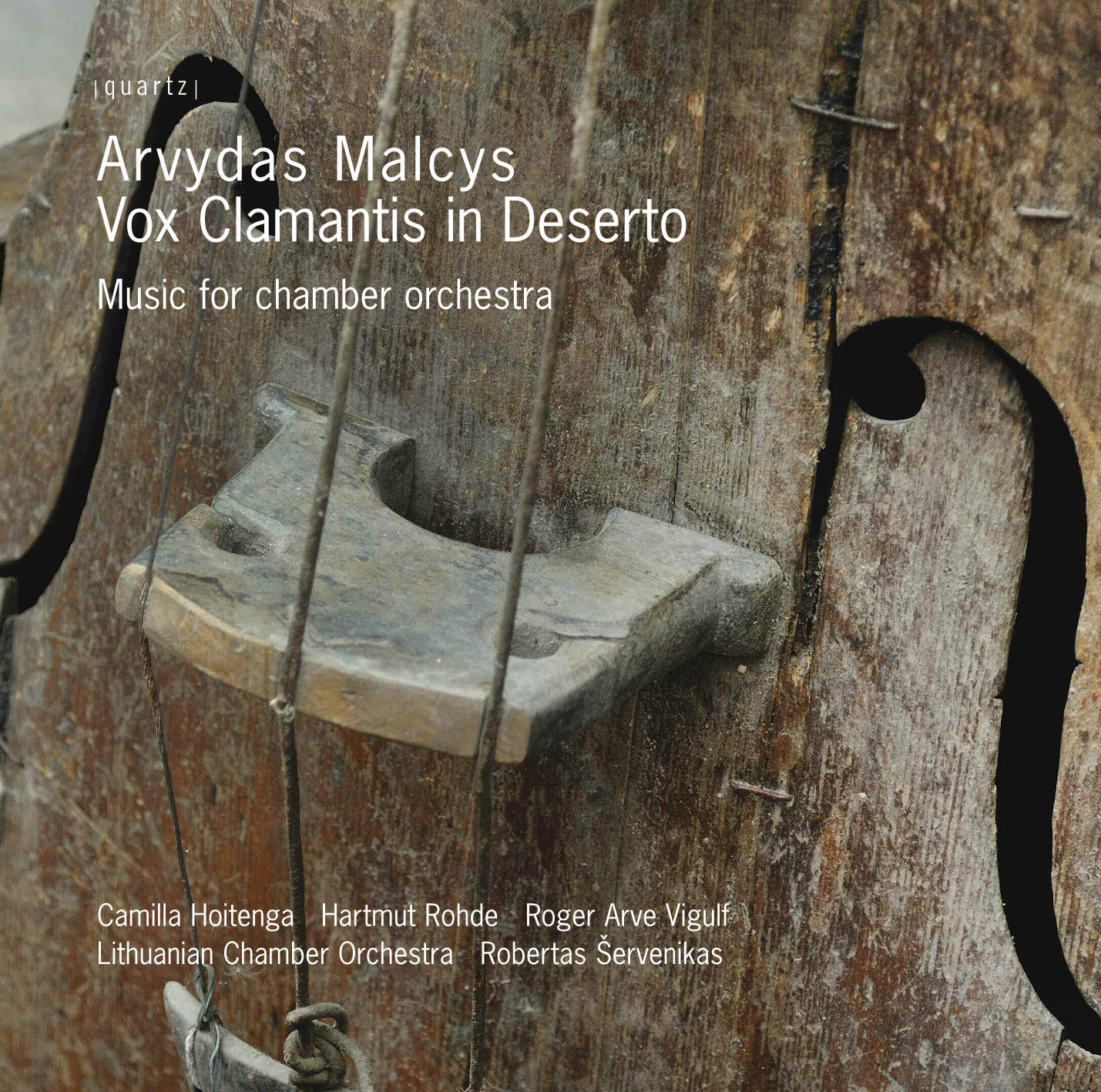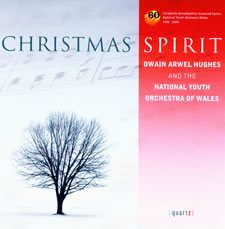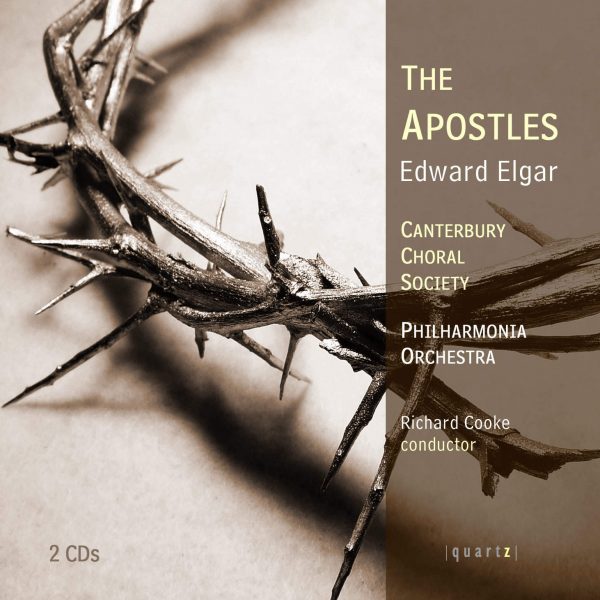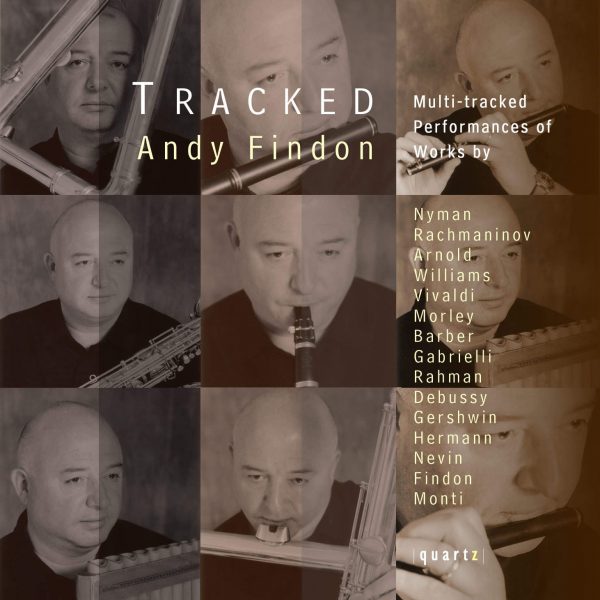Vox Clamantis in Deserto
Price range: £4.99 through £11.99
Music for Chamber Orchestra
Works for chamber orchestra by the award-winning Lithuanian composer Arvydas Malcys.
Concerto for Clarinet and Chamber Orchestra (2007)
Roger Arve Vigulf, clarinet
I Allegro Vivo
II Meditation
III Scherzo. Finale
Cleaved Silence (2004)
In perpetuam memoriam (1997)
Concerto for Viola and Chamber Orchestra
Hartmut Rohde viola
Milky Way (2004)
Vox clamantis in deserto (1995)
Concerto for Flute and Chamber Orchestra No 1
Camilla Hoitenga, flute
About This Recording
Concerto for Clarinet and Chamber Orchestra (2007)
The Clarinet Concerto is a moderately modern composition in which the composer combines the contemporary clarinet vocabulary featuring wide intervals and neo-romantic unending melodies. The clarinet narration is surrounded by the various orchestral ostinato rhythmic patterns and vibrations. Via the clarinet’s voice the composer addresses the listener, examines various dimensions of the inner world reaching both the hidden depth and outer emotional layers. The soloist goes through a range of states: idyll, anxiety, elegy, reflection, activity and energy. The three-movement composition requires extraordinary mastery and virtuosity.
The viscous introduction and recitative is followed by the long Allegro vivo exposition: from lyrics to motoric. The second movement opens with the soloist’s meditation (like a voice from heaven), and closes with a subtle Adagio hymn – in memoriam. The last movement’s playful and bravura Scherzo gradually acquires richer texture in the final orchestral Furioso and dissolves at the end.
Cleaved Silence (2004)
The silence gradually cleaves and disintegrates; its fractures start releasing sounding smoke. By filling the container of silence the smoke breaks it, starting the reckless swarming of sounds now disintegrating now rallying. An aggressive musical motive slits the sound expanse like a word drawing clusters of musical gestures and frightened by its own tone disappears in the reflections of echo, in the sounding mists of the beginning.
According to the composer, he fills empty time and space with various structures built from string fragments and movement impulses with the help of laws of balance and symmetry.
“We are drowning in an endless sea of sounds not being able to identify many of them in our lifetime. We perceive and tame just a fraction of them and invest with aesthetical and social categories”, maintains the composer.
In perpetuam memoriam (1997)
Concerto for Viola and Chamber Orchestra
In perpetuam memoriam (To Eternal Memory) is a homage to performers who departed this life prematurely. To them the bells toll at the beginning and at the end of this composition in an invitation to reflect on the transient nature of human existence.
The entire work is dominated by a dramatic, tragic mood, which is expressed through low register pedal point, heavy orchestral tutti steps and sharp passages of the strings. However, the orchestra becomes more of a background for an expressive viola’s “speaking”, which is now elegiac, now dramatic, now tragic. According to the composer, the viola of all the instruments is best suited to imitate the flow of human thought. Tension is reinforced by the recurrent seventh’s leap: it goes through lyrical and dramatic episodes and lends unity to the whole tonal organization of the work. The work culminates in orchestral tutti.
Milky Way (2004)
Milky Way invokes the doctrine of Heinrich Schenker, the influential music theoretician, which sees music as a live biological organism. Music like nature is thriving with reproduction and repetition. Formed cells keep generating new structures, expanding and transforming. Exactly this kind of musical organism is revealed in this light-hearted and marzipan-sweet work.
“This composition is a post scriptum to Mozart, or classicism in a wider sense. It is a musical adventure, musical entertainment, which I wanted to be as light and nonchalant as Mozart’s piece. This is the return to tonal music with a number of modulations and sequences. When thinking of Mozart, I always reminiscence on my youth and the music I used to listen to…”, recalls Malcys.
With the help of traditional classicist compositional logic (Mozart’s contemporary stylisation) the composer generates an appealing musical play. Being Malcys’ most popular composition, it has twelve versions. Both the performers and listeners appreciate its refreshing wilfulness and universal musical language.
Vox clamantis in deserto (1995)
Concerto for Flute and Chamber Orchestra No 1
Vox clamantis in deserto (The Shouting Voice in the Desert) is one of the most striking Concerti grossi in contemporary Lithuanian repertoire. The poetic title of the work is endowed with symbolic meaning. According to Malcys, “we all wish to be heard and each of us is not only a body and soul but also a part of history, a part of the eternal life.” The flute part symbolises a speaking person seeking to reveal himself but it is doubtful if anybody can be heard in this alienated world, like a desert.
The musical structure of the piece is based on smoothly alternating episodes of contrasting material, which help to achieve the effect of natural pulsation in music. The idiom of Malcys’ orchestral thinking is revealed in passionate episodes “disciplined” by inspiring rhythm. These episodes are interspersed with the soloist’s recitatives. He/she is given a lot of space for improvisation and multifarious display of his/her technique, especially in an emotional, theatrical cadenza. The flute cadenza is a pinnacle of the work, symbolising a conflict of an individual with himself and the outside world.
Beata Baublinskiene, Asta Pakarklyte, Laimut Ligeikaite
Track Listing
-
Arvydas Malcys
- Concerto for Clarinet and Chamber Orchestra (i) Allegro vivo
- Concerto for Clarinet and Chamber Orchestra (ii) Meditation
- Concerto for Clarinet and Chamber Orchestra (iii) Scherzo. Finale
- Cleaved Silence
- In perpetuam memoriam
- Milky Way
- Vox Clamantis in Deserto




